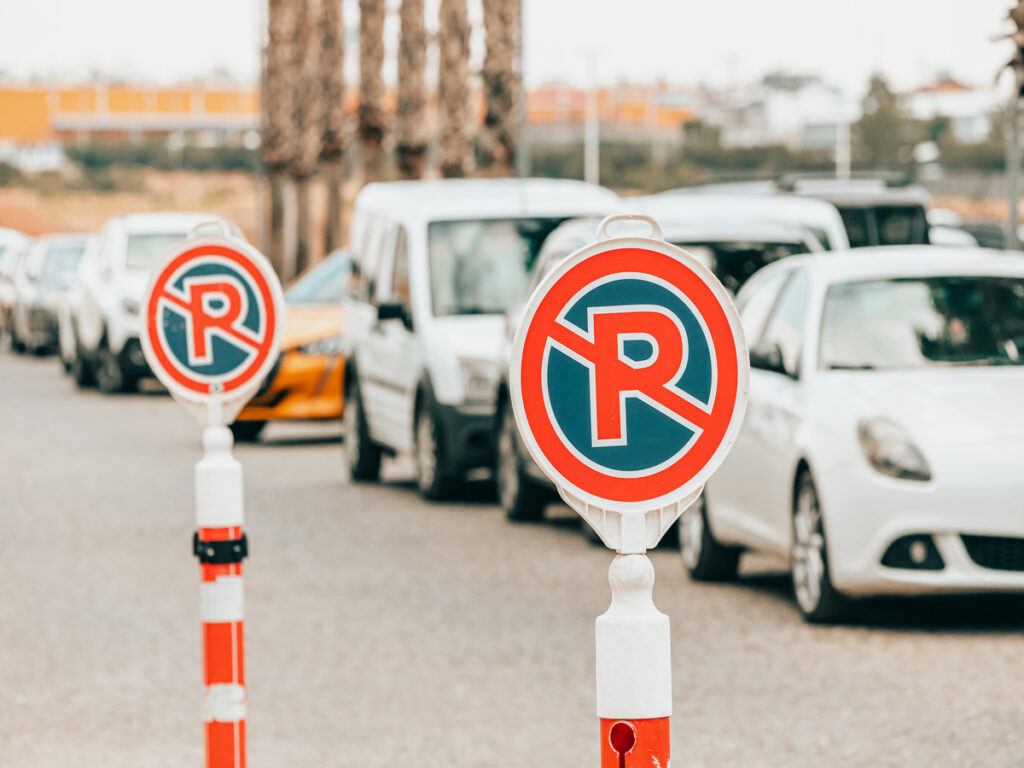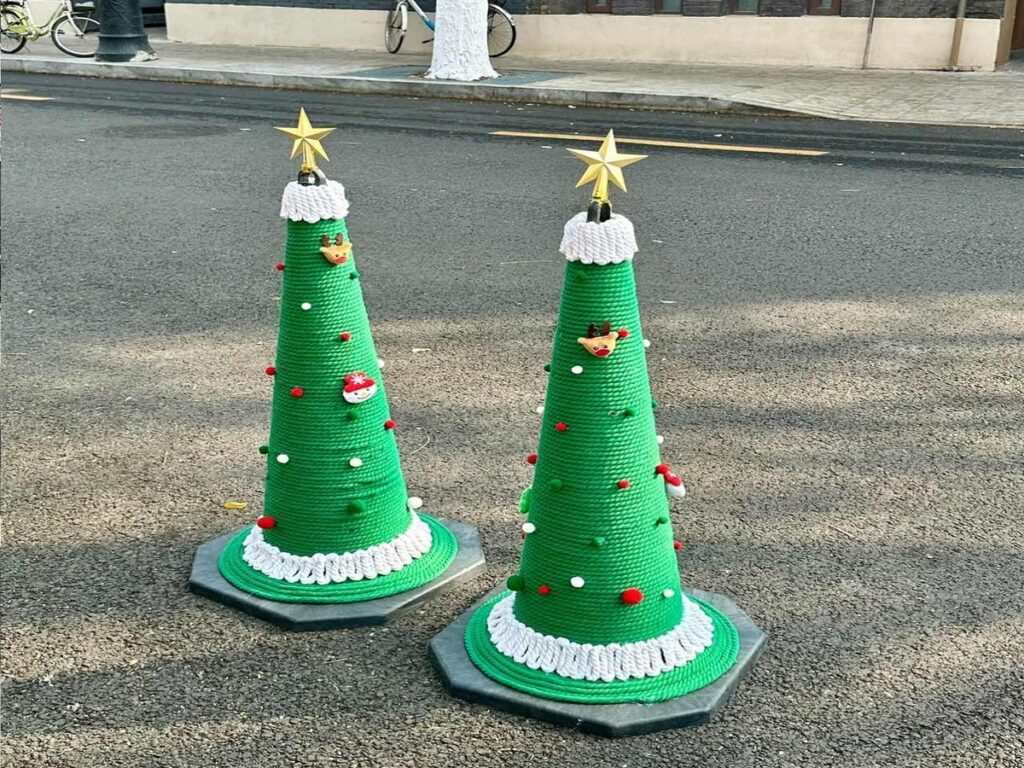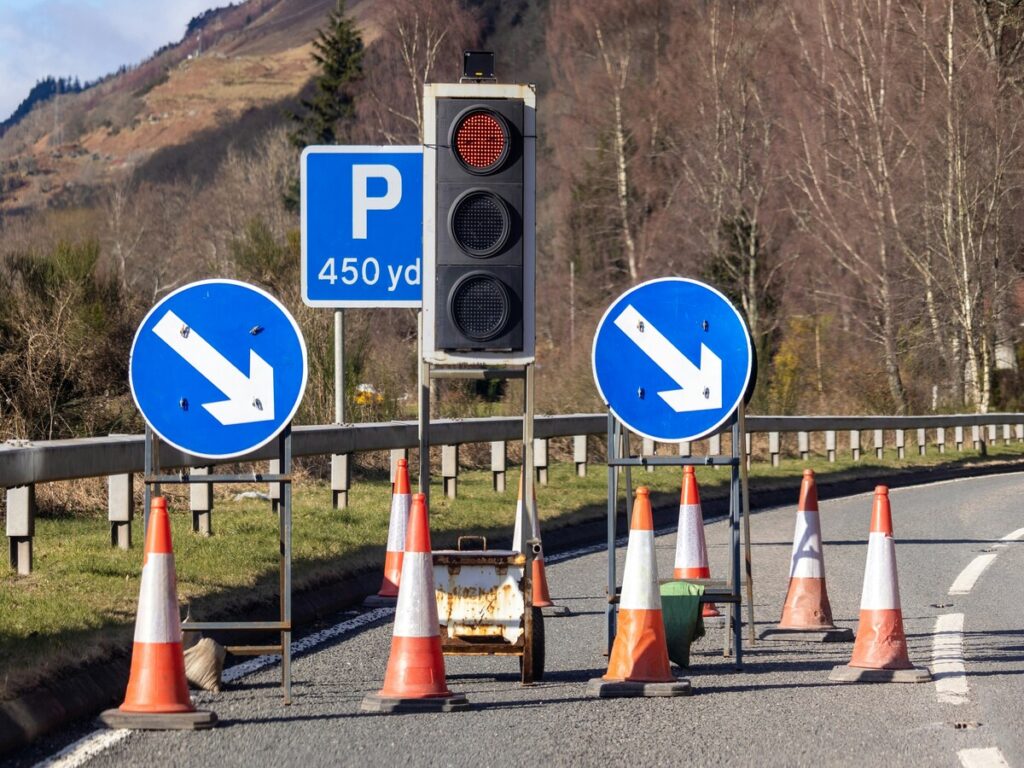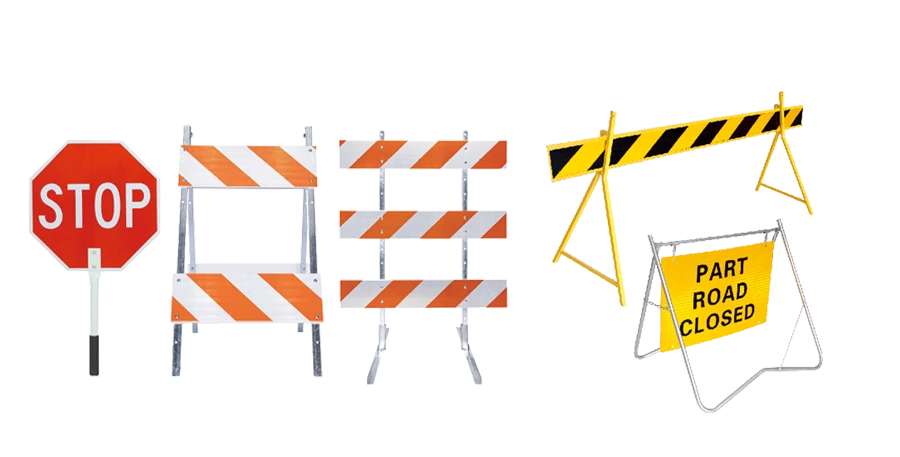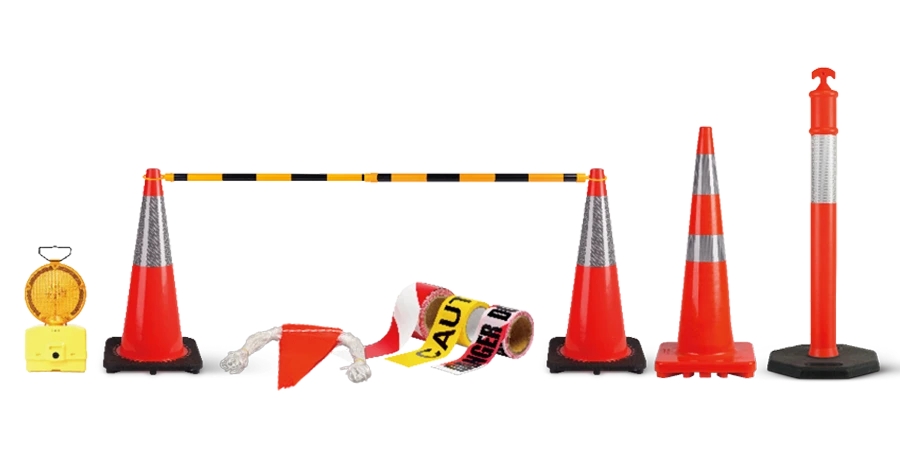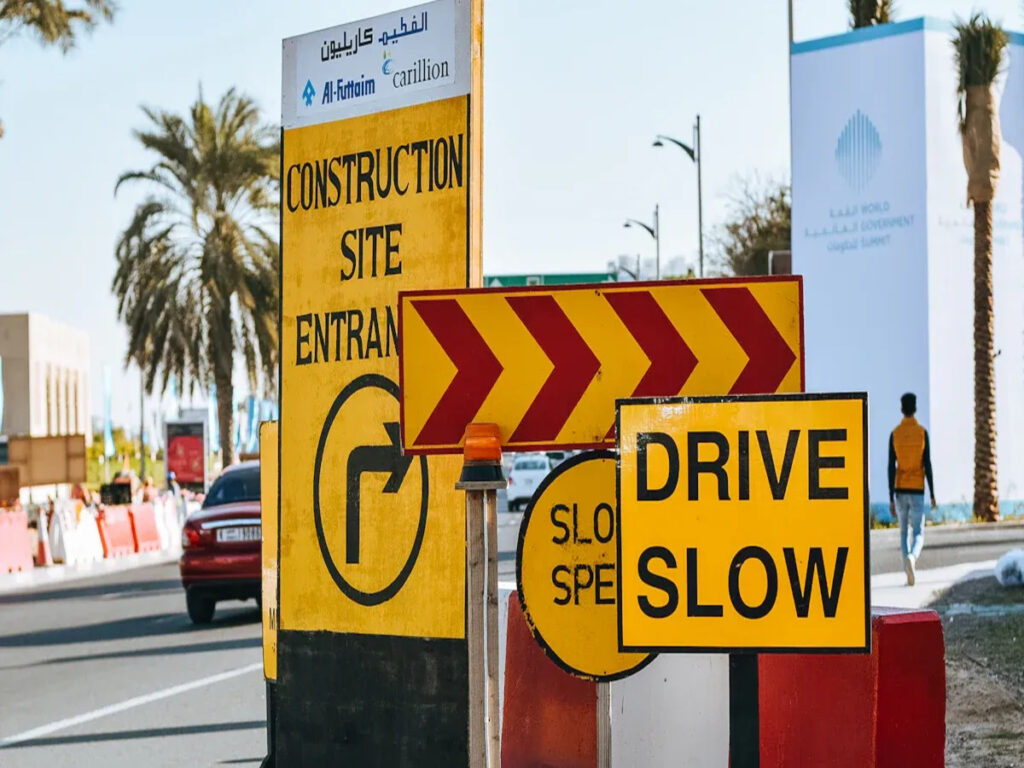
При настройке портативных трафик знаков, земля важна. Сильная база помогает стоять и оставаться видимыми. Будь то плоская бетонная дорога или грубая гравийная дорожка, Выбор правильного способа установки является ключом. Портативные трафики могут работать на многих поверхностях, сделать их полезными и простыми в использовании. Эта гибкость помогает людям видеть их четко и оставаться в безопасности в любом месте.
Optraffic предлагает различные Портативные трафики Разработано для легкой настройки и максимальной видимости на разных поверхностях. Оптраффический высококачественный, Прочные знаки помогают обеспечить безопасность в любой среде, от строительных зон до занятых перекрестков.
Ключевые выводы
- Выберите правильные инструменты для установки трафик. Используйте инструменты, такие как клюшки, измерение лент, и защитное снаряжение для легкой установки.
- Используйте прочные материалы, чтобы сохранить знаки устойчивыми. Взвешенные базы, мешки с песком, и резиновые прокладки останавливают знаки от переплета или скольжения.
- Измените, как вы устанавливаете знаки на основе поверхности. Используйте ставки для мягкой земли и тяжелых баз для твердых поверхностей, чтобы сохранить знаки безопасными и видимыми.
- Проверьте знаки после настройки их. Убедитесь, что они стабильны, и водители могут чтению их чтение.
- Часто смотрите на знаки, Особенно в оживленных или ветреных местах. Регулярные чеки сохраняют знаки в безопасности и хорошо работают.
Инструменты и материалы, необходимые для временного управления движением
При настройке временных дорожных знаков, Правильные инструменты имеют значение. Они помогают сохранять переносные дорожные знаки устойчивыми, прозрачный, и полезно для водителей. Давайте посмотрим на три основные группы предметов, которые вам понадобятся.
Важные инструменты
Вам понадобятся несколько основных инструментов, чтобы начать. Эти инструменты делают настройку проще и быстрее:
- Деревные и отвертки: Помогите затянуть и прикрепить детали знаков.
- Измерительная лента: Убедитесь, что знаки на правильной высоте.
- Защитное снаряжение: Перчатки, жилеты, и шлемы защищают вас рядом с движением.
- Знаки сообщения с переменной светодиодной переменной (Виртуальные машины): Отлично подходит для живых обновлений. NHTSA говорит, что дороги со светодиодными виртуальными машинами имеют меньше аварий и пробок.
Приготовление этих инструментов означает, что вы можете выполнить любую задачу.
Материалы для поддержания знаков устойчивы
Знаки должны оставаться на месте. Без правильных материалов, Они могут упасть или двигаться. Вот что вам нужно:
- Взвешенные базы: Держите знаки стабильными, Даже в ветреные дни.
- Мешки с песком: Простой способ добавить дополнительный вес к знакам.
- Прорезиненные прокладки: Хорошо работать на бетоне или асфальте, чтобы перестать скользить.
- Ставки: Лучше всего для грязи или травы, сильного завладания.
The Калифорнийская точка говорит, что все материалы должны соответствовать правилам безопасности и быть в утвержденном списке для безопасности на шоссе.
Оборудование для разных поверхностей
Разные поверхности нуждаются в разных инструментах. Вот как настроить на основе земли:
- Для мягких поверхностей: Используйте широкие стенды или ставки, чтобы остановить движение.
- Для твердых поверхностей: Взвешенные базы и резиновые колодки работают лучше всего. Всасывающие чашки помогают в гладких областях.
- Для металлических стен: Магнитные крепления отлично подходят для временных знаков.
Используя правильные инструменты для каждой поверхности, Ваши портативные дорожные знаки останутся в безопасности и легко увидеть.
Для чаевого: Всегда проверяйте, что ваши инструменты и материалы следуют местным правилам. Это обеспечивает безопасность дорог и соответствует правилам.
Общие рекомендации по установке для переносных трафик
Подготовка сайта
Перед тем, как вставать Портативные трафики, подготовить зону. Подготовленное место помогает знаки оставаться устойчивыми и легко увидеть. Первый, Проверьте поверхность, куда пойдет знак. Это мягкая грязь, гравий, или твердый бетон? Каждому типу нужен другой метод. Для мягкой земли, Используйте ставки. Для твердых поверхностей, взвешенные базы или резиновые колодки работают лучше.
Удалите любой мусор или препятствия из области. Это останавливает знак падения или опасности. Если ты рядом с движением, установить конусы или барьеры для безопасности. The Руководство по однородным устройствам управления движением (Mutcd) говорит, что подготовка сайта является ключом к видимости и следующим правилам трафика.
Кончик: Проверьте погоду перед началом. Ветреные дни могут понадобиться дополнительные веса, чтобы сохранить знаки устойчивыми.
Знак сборки
После подготовки сайта, Соберите знак. Сначала выложите все детали. Это гарантирует, что у вас есть все. Следуйте инструкциям от производителя. Большинство знаков легко собрать, как прикрепление панели к подставке с винтами или кронштейнами.
Убедитесь, что знак находится на правильной высоте. Используйте измерительную ленту, чтобы проверить, что она соответствует локальным правилам. MUTCD предлагает размещать знаки достаточно высоко, чтобы водители ясно видели. Если использовать Портативные знаки сообщения (ПКМС), Проверьте дисплей, чтобы убедиться, что сообщение является правильным и читаемым.
Проверки безопасности
Перед финиша, сделать проверку безопасности. Посмотрите на знак, как будто вы ездите. Ясно и стабильно? Осторожно встряхните его, чтобы проверить его прочную. Если он движется, Добавить вес или отрегулировать основание.
Убедитесь, что сообщение знака видно и не заблокировано. Калифорнийский департамент транспорта рекомендует использовать ПКМ только при необходимости, чтобы избежать отвлекающих факторов. Это сохраняет знаки эффективными и безопасными.
Окончательно, Очистить инструменты и материалы из области. Оболочное пространство снижает риски аварии и придерживает внимание на знаке.
Для чаевого: Часто проверяйте свои портативные дорожные знаки, Особенно в оживленных или ветреных районах, чтобы убедиться, что они остаются в безопасности и видимыми.
Общие методы установки для портативных трафик
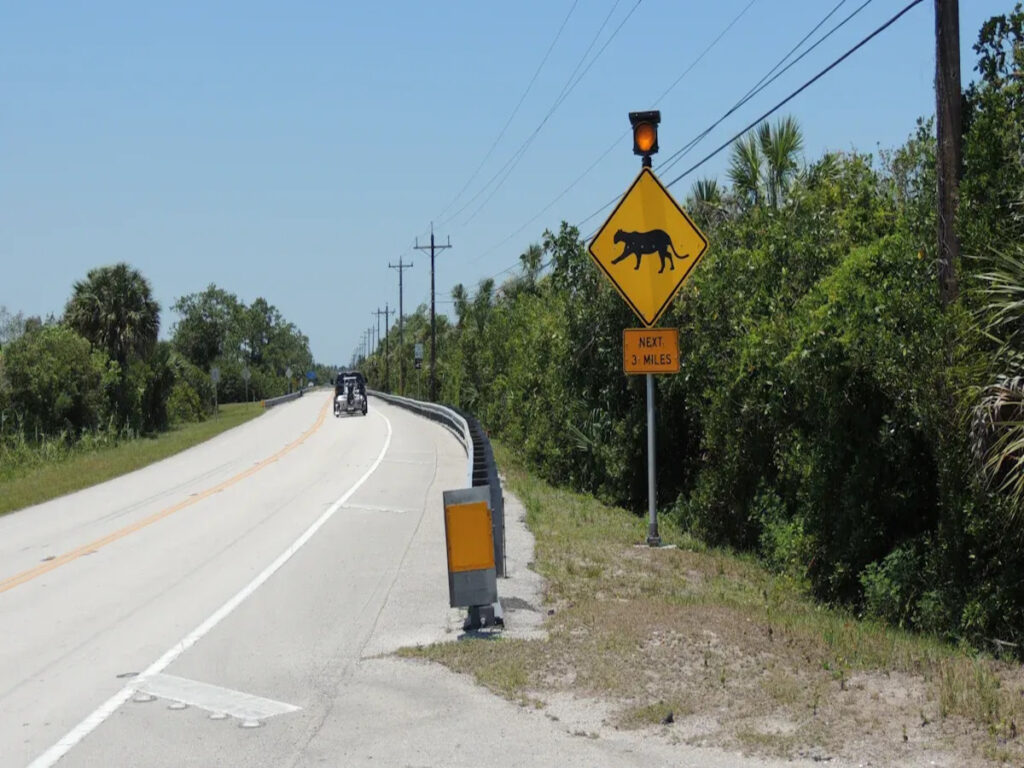
Наземная установка
Настройка знаков на земле очень распространена. Он хорошо работает в таких местах, как строительные зоны или парковки. Перед началом, Проверьте тип земли. Мягкая земля, как грязь или гравий, нуждаются в ставках или тяжелых базах. Жесткие поверхности, такие как бетон или асфальт, нуждаются в взвешенных основаниях или резиновых прокладках.
Тесты показывают, что на земле знаки хорошо работают во многих условиях. Инженеры проверяют почву, чтобы увидеть, сможет ли она удерживать знак. Эти тесты включают проверку образцов почвы и проверки на месте. Знание силы земли помогает вам выбрать правильную базу. Это сохраняет знаки устойчивыми и легко увидеть.
Знаки на земле остаются сильными, Даже в ветреную погоду. Добавление мешка с песком или веса делает их еще более безопасными. Этот метод отлично подходит для оживленных областей, где безопасность наиболее важна. Также легко перемещать знаки при необходимости, сделать их идеальными для временного использования.
Установка на стене
Помещение знаков на стены - еще один хороший вариант. Это полезно в местах с небольшим наземным пространством. Стены, как кирпич, древесина, или металл хорошо работает для этого. Используйте винты, скобки, или магниты, чтобы прикрепить знаки. Для временных настройков, Съемные кронштейны - умный выбор. Они позволяют вам снимать знаки, не нанося ущерба стене.
Убедитесь, что на стене установлены знаки на правильной высоте. Водители должны легко увидеть их, не выглядя слишком усердно. Знаки сообщения с переменной светодиодной переменной (Виртуальные машины) работать отлично здесь. Исследования показывают, что светодиодные виртуальные машины помогают водителям увидеть лучше и избегать несчастных случаев. Они идеально подходят для парковки или мест для мероприятий.
Установленные на стенах знаки сэкономят пространство и очень гибкие. Они идеально подходят для помещений или где наземные знаки не будут работать. Просто убедитесь, что оборудование плотно, чтобы знаки не упали и не двигались.
Кончик: Всегда проверяйте свои знаки, чтобы убедиться, что они понятны и легко прочитать. Хорошее размещение помогает водителям безопасным и информированным.
Как адаптировать портативные дорожные знаки для разных мест
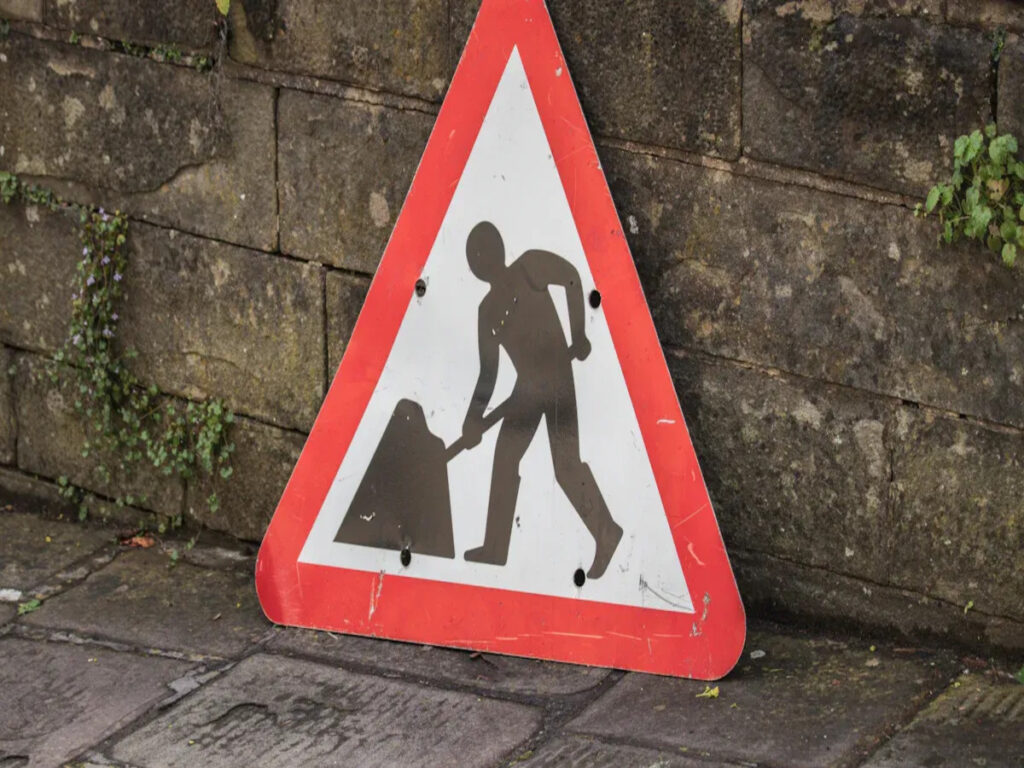
Мягкие и неровные поверхности (НАПРИМЕР., Грязь, Гравий)
Настройка знаков на мягких или неровных поверхностях может быть сложной. Грязь и гравий не обеспечивают прочную основу, так что знаки могут колебаться или упасть. Чтобы сохранить их устойчивыми, Вам нужно будет использовать правильные инструменты и методы.
Начните с выбора базы, которая хорошо работает на мягкой земле. Взвешенные базы с широким следом - отличный вариант. Они распределяют вес, Сделать знак менее вероятным. Ставки - еще один отличный выбор. Протолкнуть их глубоко в землю, чтобы надежно закрепить знак. Если поверхность очень свободна, как песок или грязная грязь, Подумайте об использовании баз с тяжелыми..
Кончик: Всегда проверяйте знак после настройки. Дайте ему мягкий толчок, чтобы убедиться, что он не упадет в ветреных условиях.
Мягкие поверхности распространены в таких местах, как строительные зоны или на открытом воздухе. С помощью правильной настройки, Вы можете гарантировать, что ваши портативные дорожные знаки остаются видимыми и безопасными.
Твердые поверхности (НАПРИМЕР., Конкретный, Асфальт)
Жесткие поверхности, такие как бетон и асфальт, представляют другую проблему. Знаки могут скользить или изменить, Особенно в ветреных районах. Но не волнуйтесь - есть простые способы сохранить их на месте.
Взвешенные базы - ваш лучший друг здесь. Ищите базы с прорезиненными подушками. Эти прокладки захватывают поверхность и предотвращают скольжение. Для временных настройков, всасывающие чашки также могут хорошо работать на гладком бетоне. Если вы имеете дело с сильным ветром, Добавьте дополнительный вес в базу или используйте мешки с песком для дополнительной безопасности.
Другой вариант-использовать портативные знаки трафика со встроенными стабилизаторами. Эти дизайны идеально подходят для твердых поверхностей и делают настройку быстрой и легкой. Просто поместите знак, Закрепить базу, И ты умеешь идти.
Для чаевого: Проверьте погоду прогноз перед настройкой. Если ожидаются сильные ветры, Дважды проверить стабильность ваших знаков.
Твердые поверхности распространены на парковках, дороги, и городские районы. С правильным подходом, Вы можете гарантировать, что ваши знаки остаются на месте и эффективно выполнять свою работу.
Лучшие методы установки для переносных трафик в различных средах
Наружные установки - сохранение стабильных знаков в ветреную погоду
Ветер может сделать вывески на открытом воздухе падать или двигаться. Чтобы остановить это, Хорошо закрепите базу. Взвешенные базы лучший выбор. Они держат знаки устойчивыми, Даже при сильных ветрах. Вы также можете использовать мешки с песком. Поместите их вокруг базы, чтобы остановить движение.
Резиновые ноги. Они захватывают землю и предотвращают скольжение. Для мягкой грязи, Ставки отлично работают. Протолкнуть их глубоко в почву, чтобы крепко удерживать знак. Всегда проверяйте настройку, осторожно подталкивая знак. Если он трясен, Добавить больше веса или отрегулировать основание.
Кончик: Проверьте погоду перед настройкой. Сильные ветры нуждаются в дополнительных весах для стабильности.
Установки в помещении - предотвращение скольжения на гладких полах
Внутренние установки проще, но гладкие полы могут быть сложными. Знаки могут скользить, если не закреплены. Магнитные крепления хорошо работают на металлических стенах. Всасывающие чашки отлично подходят для стекла или гладких поверхностей. Они крепко держат знаки, не оставляя отметок.
Полевые стойки с резиновыми подушками - умный выбор. Эти прокладки перестают скользить и сохранять знаки устойчивыми. Поместите знаки, где люди могут легко их видеть. Избегайте блокировки проходов для безопасности и видимости.
Для чаевого: Используйте легкие материалы для временных настроек. Их легко двигаться и не навредят полы или стены.
Многоцелевые среды-использование различных методов монтажа вместе
В некоторых местах нужны смешанные методы для знаков. Например, Пространства мероприятий могут иметь траву, конкретный, и стены. Используйте ставки для мягкой земли и взвешенные базы Для твердых поверхностей. На стенах, кронштейны или магниты работают лучше всего.
Этот метод позволяет настроить знаки для разных областей. Это держит их стабильными и легко увидеть. Всегда тестируйте каждый знак после настройки. Быстрая проверка может предотвратить проблемы позже.
Примечание: Многоцелевые области часто нуждаются в быстрых изменениях. Держите дополнительные инструменты готовы к быстрым исправлениям.
Реальные приложения для переносных дорожных знаков
Временные дорожные работы и строительные зоны
Портативные дорожные знаки помогают обеспечить безопасность рабочих зон и организовать. Они направляют водителей и пешеходов через строительные зоны. Эти признаки уменьшают путаницу и предотвращают несчастные случаи. Они отмечают обходы, Закрытие полосы движения, и ясно ограничивает скорость.
Рабочие зоны часто имеют разные поверхности, такие как асфальт или гравий. Портативные знаки сделаны для решения этих проблем. Используйте взвешенные основания или ставки, чтобы сохранить их устойчиво. Это мешает им упасть на неровную землю. В оживленных областях, Знаки сообщения с переменной светодиодной переменной (Виртуальные машины) очень полезны. Они показывают живые обновления, Как изменения или опасности полосы движения. NHTSA говорит, что дороги со светодиодными виртуальными машинами имеют меньше аварий и более плавное движение.
Рабочие зоны нуждаются в знаках, которые могут легко двигаться. Портативные знаки просты для переезда по мере изменения проектов. Это держит водители информированными и безопасными. Их гибкость делает их идеальными для строительных площадок.
Пространства мероприятий и парковки
Портативные трафики облегчают управление трафиком событий. Они помогают направлять автомобили на концертах или на оживленных парковках. Эти признаки повышают безопасность и плавно продолжают течь трафик.
Чистые признаки помогают водителям и ходункам понять направления. Ограничения скорости, Стоп знаки, и стрелы уменьшают путаницу и несчастные случаи. Светодиодные виртуальные машины отлично работают в пространствах событий. Их яркие экраны привлекают внимание и показывают обновления, такие как “Лот полный” или “Выйдите здесь.” Это поддерживает движение движения и избегает джемов.
У парковки часто есть поверхности, такие как бетон или трава. Портативные знаки хорошо работают на всех типах. Используйте резиновые основания для жесткой земли или кольев для мягких мест. Их легкий дизайн делает настройку быстро, что идеально подходит для временных событий. Правильные знаки создают более безопасное и более организованное пространство.
Кончик: Проверьте свои знаки до начала события. Это гарантирует, что они стабильны и легко увидеть.
Портативные дорожные знаки важны для обеспечения безопасности и организованных дорог. Настройка их правильно помогает им оставаться устойчивыми и легко увидеть. Будь то снаружи в ветреную погоду или внутри на гладких полах, Регулировка вашей установки имеет решающее значение. Исследование из NHTSA показывает, что знаки сообщений о светодиодной переменной (Виртуальные машины) снижение несчастных случаев и улучшение потока трафика. Эксперты, такие как доктор. Эмили Картер говорит, что эти признаки великолепны, потому что они четкие и адаптируемые.
| Тип доказательств | Подробности |
|---|---|
| Тематическое исследование | NHTSA обнаружил меньше сбоев и более быстрых реакций водителя со светодиодными виртуальными машинами. |
| Статистические данные | Городские отчеты о трафике показывают меньше джемов при использовании светодиодных виртуальных машин. |
| Экспертное мнение | Доктор. Картер говорит, что светодиодные виртуальные машины повышают безопасность благодаря гибкости и ясности. |
Использование правильных методов гарантирует, что ваши знаки хорошо работают на любой поверхности.
Часто задаваемые вопросы
Как я могу сохранить знаки устойчивыми в ветреные дни?
Использовать взвешенные базы чтобы остановить знаки падения в ветру. Добавить мешки с песком для дополнительного веса. На мягкой земле, ставки работают хорошо, чтобы удерживать знаки. Всегда тестируйте, осторожно толкав знак, чтобы проверить его стабильность. 🌬
Могу ли я использовать одни и те же инструменты на всех поверхностях?
Да, Инструменты, такие как гаечные ключи, измерение лент, и безопасное снаряжение работает везде. Но такие материалы, как ставки на грязь или резиновые прокладки для бетона, могут отличаться. Держите гибкий инструментарий готов к быстрым изменениям.
Как мне убедиться, что водители могут увидеть мои знаки?
Поместите знаки на уровне глаз, где водители могут легко их заметить. Используйте отражающие материалы или Знаки сообщения с переменной светодиодной переменной (Виртуальные машины) Для лучшей видимости, Особенно ночью. Проверьте с вида водителя, чтобы избежать скрытых пятен.
Портативные дорожные знаки хороши для использования в помещении?
Да! Используйте магнитные крепления или всасывающие чашки для гладких стен или полов. Резиновые прокладки на стойках. Легкие знаки отличные в помещении и не повредят поверхности при перемещении.
Как часто я должен проверять, безопасны ли мои знаки?
Проверьте знаки каждый день, Особенно в оживленных или ветреных районах. Осторожно встряхните их, чтобы убедиться, что они стабильны. Регулярные проверки предотвращают несчастные случаи и хорошо работают знаки.
Для чаевого: Всегда иметь дополнительные веса или ставки, готовые к внезапным изменениям погоды. 🌦

